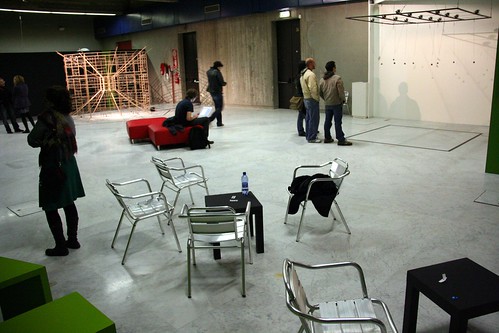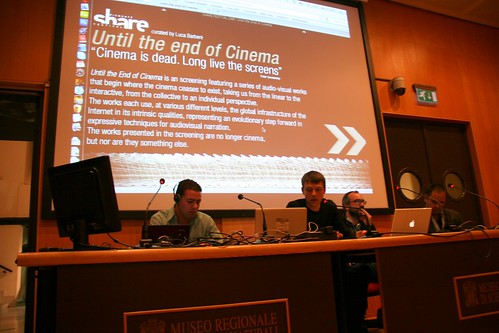Sensing demands a market. Values are automatically assigned to a stimulus as a function of their reception. This fundamental law of being, embodied at an unconscious level, manifests in every aspect of human existence.
To have a body unaware of the market of stimulus is to have a body damaged by its environment. In a fleeting glance to the heavens to spy a bird taking flight, a sunbeam hits our eyes. Do we not cower to the ray’s power to blind yet marvel at the universe it illuminates? The internal mechanisms built to protect our vision restrict the size of our pupil because our unconscious knows the cost of failing to do so. Staring directly into the sun is a sizzling reminder of blue spots that a retina is merely the ant on the sidewalk and our natural lens a child’s magnifier.
It’s no wonder that we fall prey to the intoxicating glow of the liquid crystal display. We are drawn to the screen as a moth to a lamp. Attracted by the promise of information, yet burned by the theft of time. It’s our choice to turn on the back-lit window, to navigate it. Yet within the journey to the content of our desire, there exists distractions at every turn.
The conscious and the unconscious market are always present, and it is the charge of the sensor to be present and aware in each moment. Unlocking myriad economies is the crux of Market Forces.
The exhibition commands the attention economy, the cognitive economy, and the social economy by parting space into three distinct arenas.
Attention Economy

Physical objects in space, whirring – clicking – bouncing, emulating natural systems in their fabrication demand the viewer at an unconscious level to observe.
Cognitive Economy

When objects are common, uniform, static they become background. Cans on a supermarket shelf, the logo of the auction where you bid daily, the face of the homeless man you constantly ignore. In the cognitive economy artists succeed when they inject just enough dissonance to be perceptible, so that the viewer becomes aware of the behavior in question.
Social Economy

At times Utopian in its scope and generosity, the social economy succeeds when sharing concepts, ideas, and experiences trumps individualistic, ego-based thinking. Cultural posturing, intellectual flexing, and acute misunderstanding, while uncomfortable, are the necessary market pull-backs obviating utter collapse. Only through rigorous effort will the social economy transcend the emotional rise and fall of communication-breakdown and maintain a positive trajectory.
As a whole Market Forces reverberates with the promise that each economy, attention, cognitive, and social, is a valid space for artists to operate.
Leave a comment